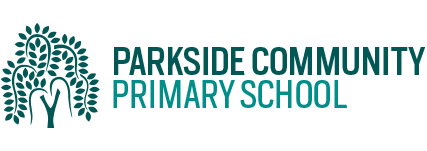Year 6 Suffragettes
Well done to Year 6 who performed the first class assembly of the year to the school as well as parents/carers.
This term they have learned about the Suffragette mivement. What is Suffrage? It means the right to vote in elections. Over 100 years ago women were not allowed to vote because women were not considered capable of making decisions about their own lives.
Emmeline Pankhurt who was the leader of the Women’s Social and Political Union (WPSU) and was an instrumental figure for the cause. She was once arrested outside Buckingham Palace becuase was angry that the politicians ignored their campaign.
Milllicent Fawcett who was the leader of National Union of Women’s Suffrage Societies (NUWSS), grew up in a rich family and was educated at a private boarding school with her sister Elizabeth. She wanted to be a doctor but was not allowed to attend college. She persevered and became Britain’s first female doctor.
Emily Wilding Davison was a suffragette and proud of it. She was imprisoned many times and was force fed 49 times. She did anything to achieve equal rights for women. She wanted to put ‘Parliament’ down as her place of residence so she hid in one of the broom cupboards in the Houses of Parliament. She wanted a silk banner made in the Suffragettes colours on the King’s Horse so when he won the Derby he would be photographed with the sash. She had found a good spot at the race and as the horses raced past she stepped out in front of the Kings Horse to put it round his neck. The horse hit her, killing her in the process. A true advocate of the Suffrage cause.
When the First World War ended and a new law was also passed: All men over the age of 21 could now vote, all women who were over 30 and owned a property could also vote. After Emily had died, votes were given to women over the age of 21. Today in the UK men and women over the age of 18 are allowed to vote.



